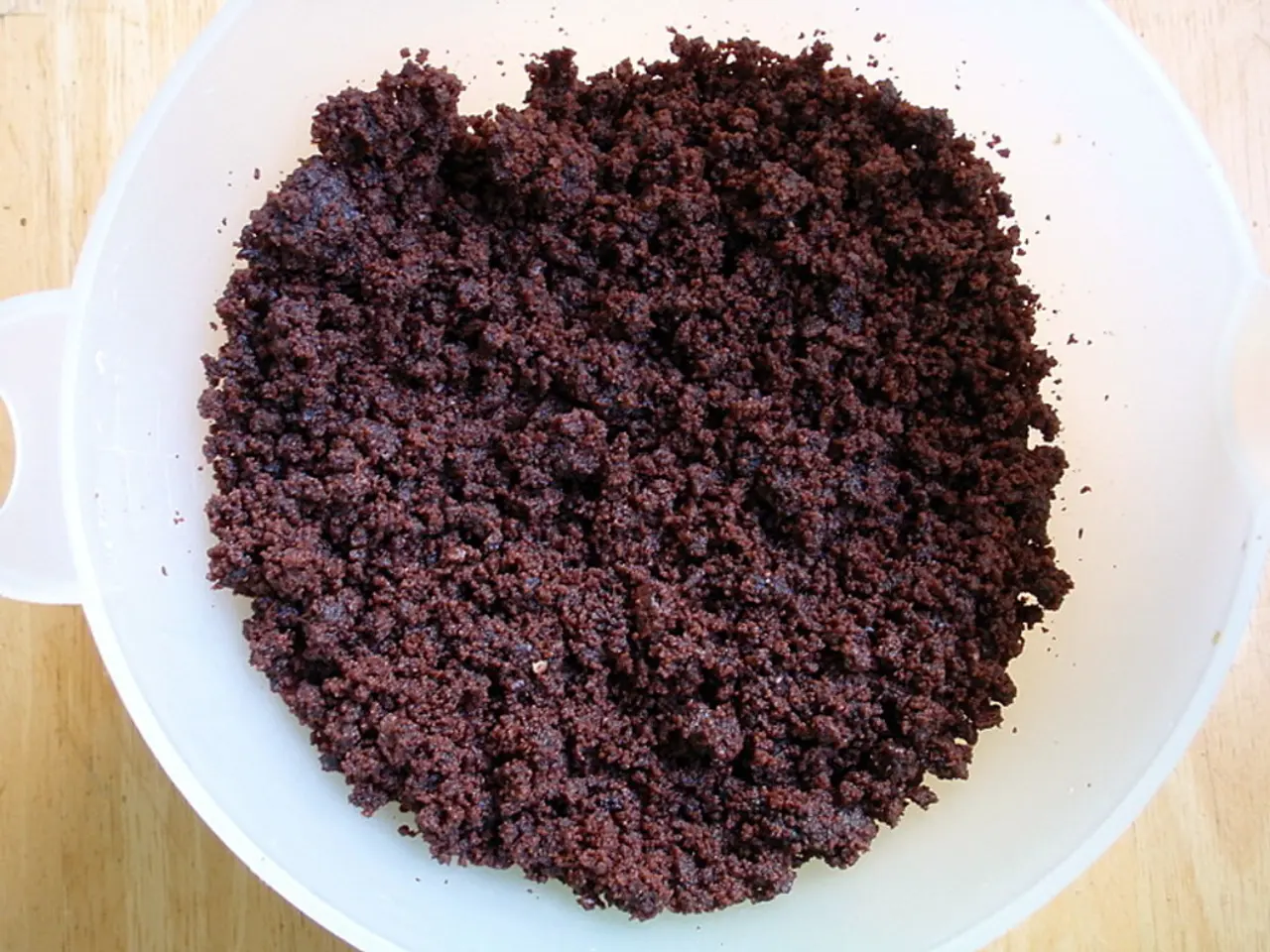For those diagnosed with Crohn's Disease, learn about the unique characteristics of your stool as a result of the condition.
Managing Crohn's Disease: A Comprehensive Guide
Crohn's disease, a type of inflammatory bowel disease (IBD), is a chronic condition that affects the gastrointestinal (GI) tract. First described in 1932 by Burrill Crohn, Leon Ginzburg, and Gordon Oppenheimer, this disease typically manifests in the small intestine and colon but can affect all parts of the GI tract.
The exact cause of Crohn's disease remains unknown, but it is characterised by relapsing symptoms such as abdominal pain and diarrhea. Symptom severity can range from mild to debilitating and may change a lot over time.
People diagnosed with Crohn's disease typically see a healthcare professional regularly to manage symptoms. Treatment options include medications, bowel rest, dietary changes, probiotics, prebiotics, essential oils, cannabis or CBD (with caution), and regular doctor visits for monitoring and testing.
One of the complications of Crohn's disease could be the appearance of red or black traces in the stool. These may be due to complications like anal fissures, skin tags, fistulas, or abscesses. In extreme cases, the disease can cause life-threatening flares.
It's important to note that bright red blood in stool typically comes from lower in the GI tract and may not require immediate ER attention, while blood in stool that is dark, almost black, may indicate a medical emergency and requires immediate attention from a doctor.
Diarrhea can occur frequently in severe cases of Crohn's disease. Vibrant-colored poop (green, pink, orange) may be due to what a person with Crohn's disease has eaten. Yellow or white mucus-covered poop in Crohn's disease may be caused by fat malabsorption. Crohn's disease poop may appear loose or watery, abnormally hard or clumpy, covered in mucus, bloody, or abnormal in color, especially yellowish.
In some cases with Crohn's disease, stools may be less frequent than average due to a narrowing of the intestines. Understanding pooping frequency during a flare-up compared to when the disease is in remission can help manage symptoms and live more comfortably.
Advances in treatment over the last few decades have helped manage Crohn's disease symptoms. A doctor may take blood and/or stool samples, perform colonoscopies, biopsies, MRI or CT scans to help diagnose Crohn's disease. If a person suspects they have Crohn's disease or another digestive issue, they should visit a healthcare professional for a professional diagnosis.
In conclusion, while Crohn's disease can be a challenging condition to live with, understanding the disease and its symptoms, as well as the available treatment options, can help people manage their symptoms and live more comfortably. It is essential to consult a healthcare professional for a proper diagnosis and treatment plan.
Read also:
- Researchers delve into unexplored territories of cardiovascular wellness with the Apple Watch
- Enhancing Vaginal Health through Probiotics: Top Strains for Maintaining pH Levels
- Uncovered in a Danish cellar, a 130-year-old butter additive harbors bacteria dating back to the 1890s.
- Duties and Responsibilities of a Caregiver for Dementia Patients (A Simplified Handbook)





